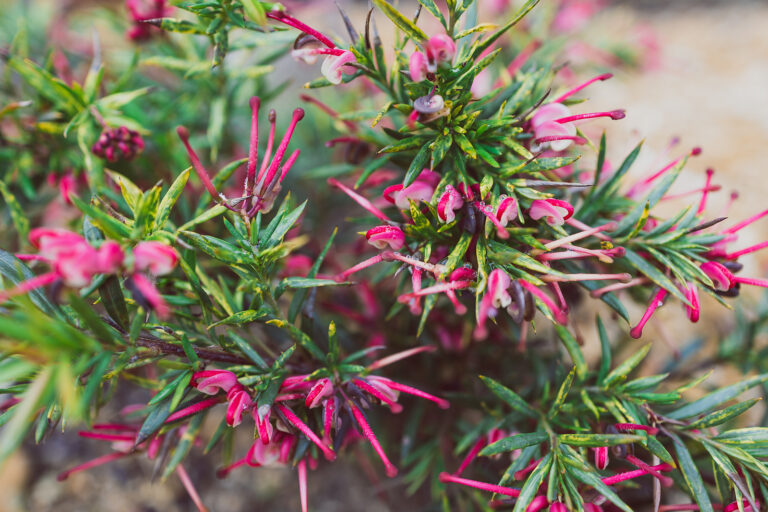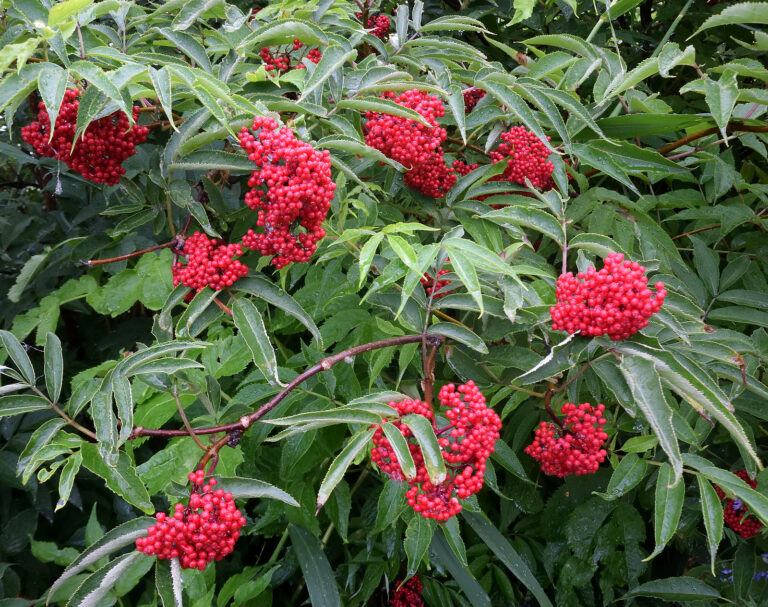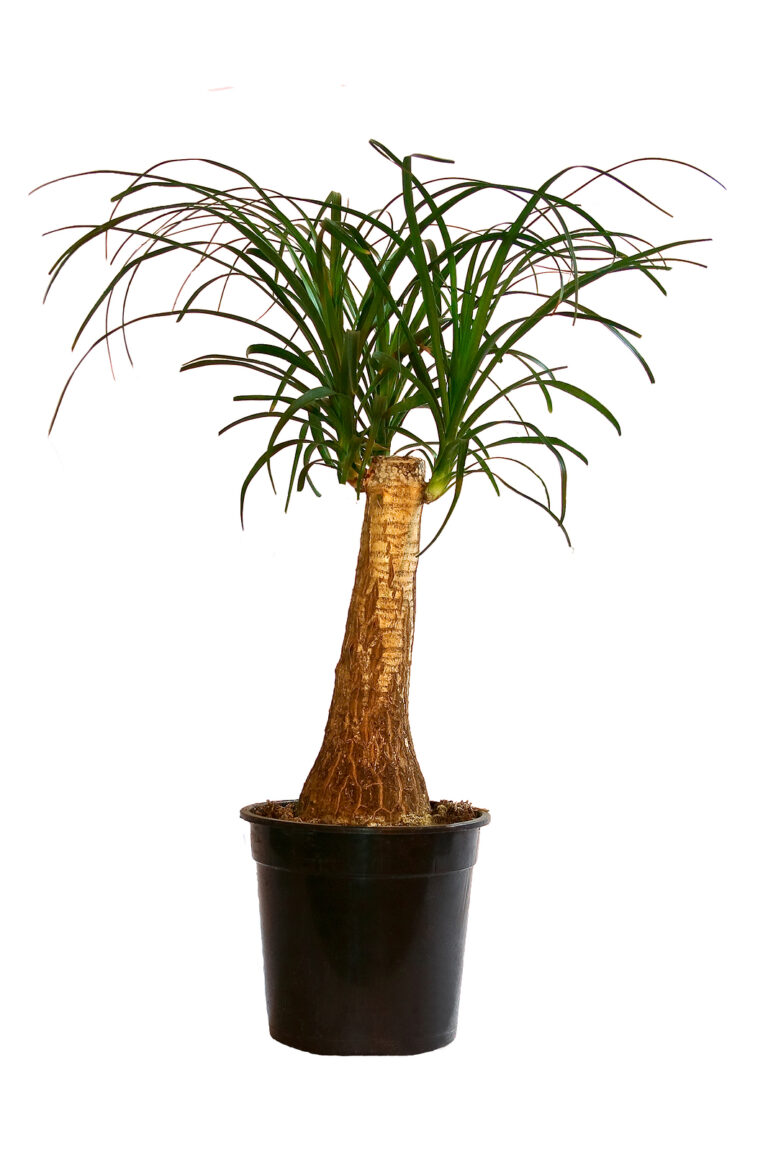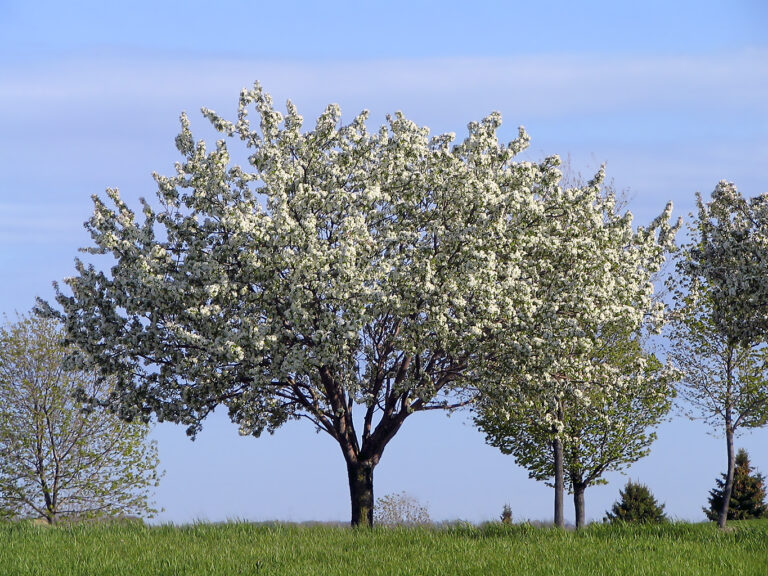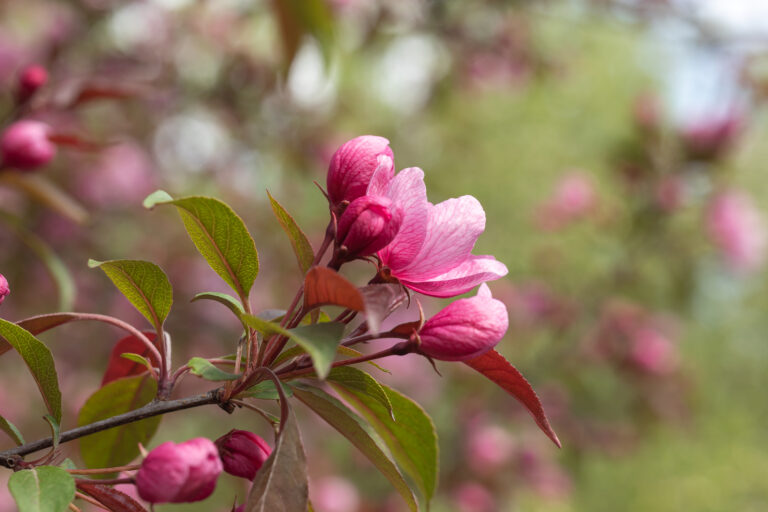How to Grow Cork Tree — Phellodendron
Phellodendron–commonly called cork tree–is a deciduous tree grown its deeply furrowed, attractive bark and aromatic foliage. Yellow-green leaves turn yellow in autumn.
Use Phellodendron as a specimen tree in a large garden. Phellodendrom grows to 30 feet (10m) tall and 40 feet (12m) wide. The corky bark is pale gray-brown when mature. Small cup-shape green flowers appear in clusters in summer.
Phellodendron is a genus of 10 deciduous species. They are native to moist stream margins in the mountains of east Asia.
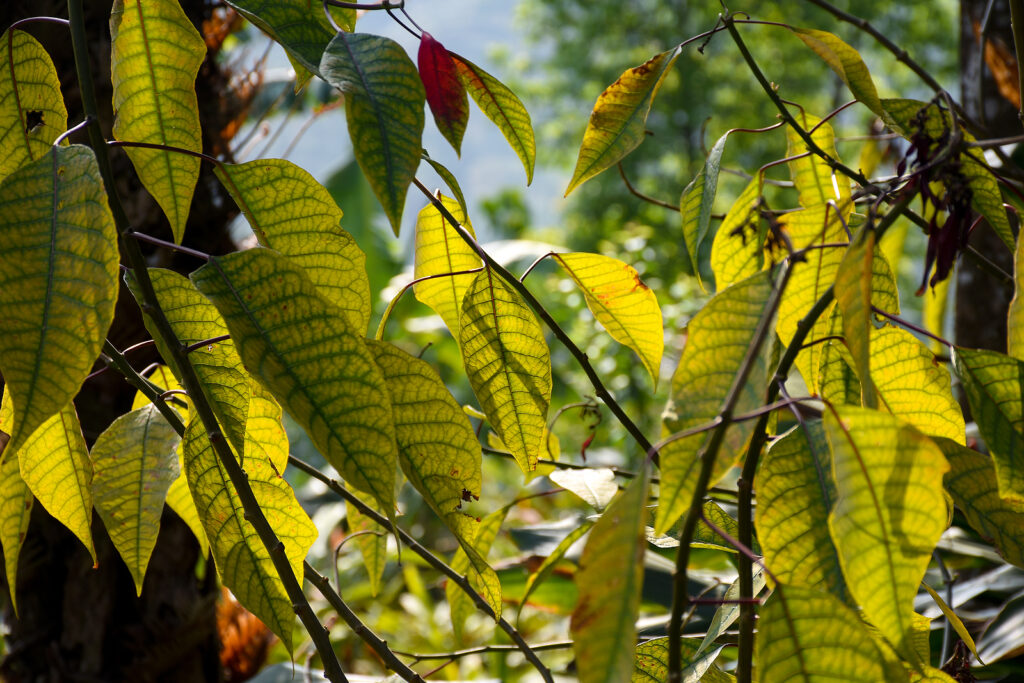
Get to know Phellodendron
- Plant type: Deciduous tree
- Growing zones and range: USDA Zones 4 to 7
- Hardiness: Hardy to Zone 4
- Height and width: 8-10 foot (2.4-3.1m) tree reaches about 20 feet (6.2m) in five to seven years, eventually becoming 30-50 feet (9.1-15.2m) tall with branches spreading an equal or greater distance
- Growth rate: Medium to fast
- Form and habit: Short thick massive trunk; spreading. Rounded crown
- Foliage: 10-15 inch (25.4-38.1cm) opposite, pinnate dark green leaves have 5 to 13 leaflets, 2-4 inches (5.1-10.2cm) long; leaves turn yellow before dropping in autumn; leaves have a pleasant turpentinelike fragrance when crushed
- Flowers: Inconspicuous yellowish green male and female flowers borne in 2-3.5 inches (5.1-8.9cm) panicles or clusters on separate plants
- Fruits: .3 inch (.8cm) black berries that cling late into the fall and winter on female plants only; berries have the same fragrance as the leaves
- Bloom time: Summer
- Uses: Light shade, winter interest, great presence, specimen tree, garden
- Garden companions:
- Common name: Cork Tree
- Botanical name: Phellodendron
- Family name: Rutaceae
- Origin: Northern China, Manchuria, Japan
Where to plant Phellodendron
- Plant Phellodendron in full sun, tolerates some drought.
- Phellodendron is tolerant to many types of soil; pH 5.5-7.6.
- Phellodendron are excellent in urban areas because they withstand polluted air and meet the rigorous requirements for growing along streets.
When to plant Phellodendron
- Sow Phellodendron seed in containers outdoors in autumn.
- Set out container-grown plants in spring or autumn.
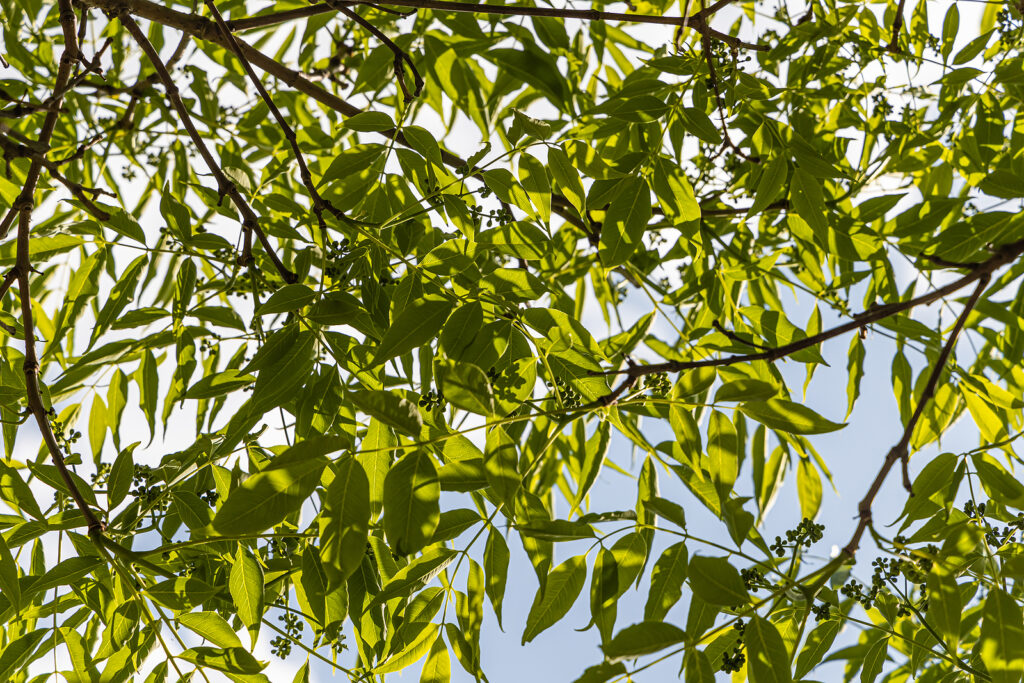
Planting and spacing Phellodendron
- Plant Phellodendron in deep soil.
- Plant Phellodendron 50 feet (15cm) apart to accommodate wide spread.
How to water and feed Phellodendron
- Feed Phellodendron with an all-purpose organic fertilizer in spring
How to care for Phellodendron
- Prune Phellodendron in winter during dormancy when young to develop a single trunk with well-spaced high branches; older trees seldom require pruning.
Phellodendron pests and diseases
- Phellodendron are usually pest free, but leaf scorch may develop in hot, dry situations.
- Fruits from female trees can cause a weed-seedling problem; plant a fruitless form.
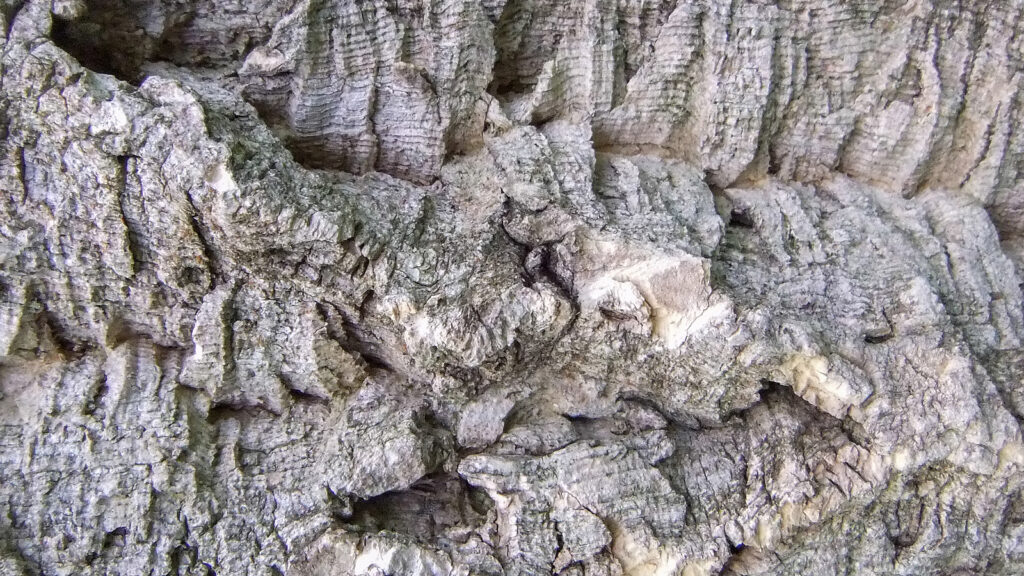
Phellodendron propagation
- Root heeled semi-ripe cuttings in midsummer.
Phellodendron varieties to grow
- Phellodendron amurense, Amur cork tree, this tough tree gets more picturesque as it matures into a wide-spreading or rounded, open-branched specimen, to 46 feet (14m) tall and 50 feet (15m) wide. It has a stout central trunk with deeply furrowed, gray-brown, corky bark, from which radiate a few sturdy horizontal branches studded with orange-yellow twigs. The boldly attractive compound leaves are 10 inches (25.4cm) long and consist of 9 to 13 smooth-edged, oval, 2-4 inch (5.1-10.2cm) long leaflets. They are glossy dark green with lighter undersides and turn bright yellow in fall. The greenish white spring flowers are inconspicuous. The .5 inch (1.3cm), round, black fruits drop in large quantities, making a mess on walkways and roads. Seedless forms are preferred as street trees or in groomed lawns and parks. From western Europe and eastern Asia. Zones 4 to 7.


